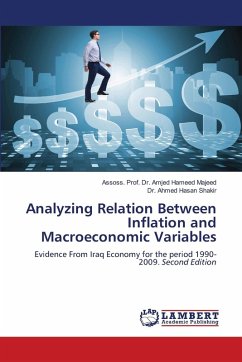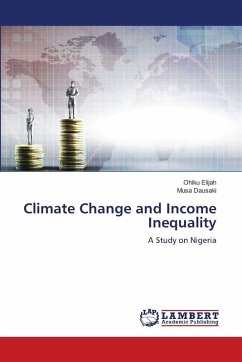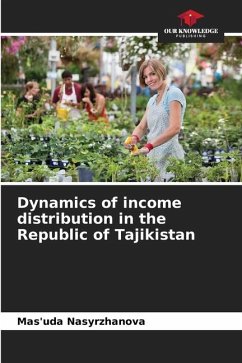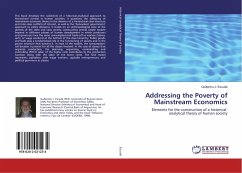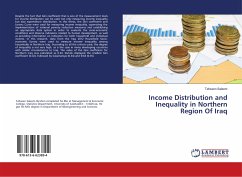
Income Distribution and Inequality in Northern Region Of Iraq
Versandkostenfrei!
Versandfertig in 6-10 Tagen
27,99 €
inkl. MwSt.

PAYBACK Punkte
14 °P sammeln!
Despite the fact that Gini coefficient that is one of the measurement tools for income distribution can be used not only measuring income inequality but also expenditure distribution. In this thesis, the Gini coefficient and Lorenz Curve were used for measuring income inequality, supervising the implementation of national poverty reduction measures and establishing an appropriate data system in order to evaluate the socio-economic conditions and observe indicators related to human development, as well as providing information on indicators for both household and individual income. In this rese...
Despite the fact that Gini coefficient that is one of the measurement tools for income distribution can be used not only measuring income inequality but also expenditure distribution. In this thesis, the Gini coefficient and Lorenz Curve were used for measuring income inequality, supervising the implementation of national poverty reduction measures and establishing an appropriate data system in order to evaluate the socio-economic conditions and observe indicators related to human development, as well as providing information on indicators for both household and individual income. In this research, data from the Iraq 2012 Household Socio-economic Survey were used to measure income inequality among households in Northern Iraq. According to all the criteria used, the degree of inequality is not very high, as is the case in many developing countries with similar circumstances to Iraq. The value of the Gini coefficient for Northern Iraq was calculated as 0.34. Duhok displayed the smallest Gini coefficient (0.32), followed by Sulaimaniya (0.34) and Erbil (0.35).



